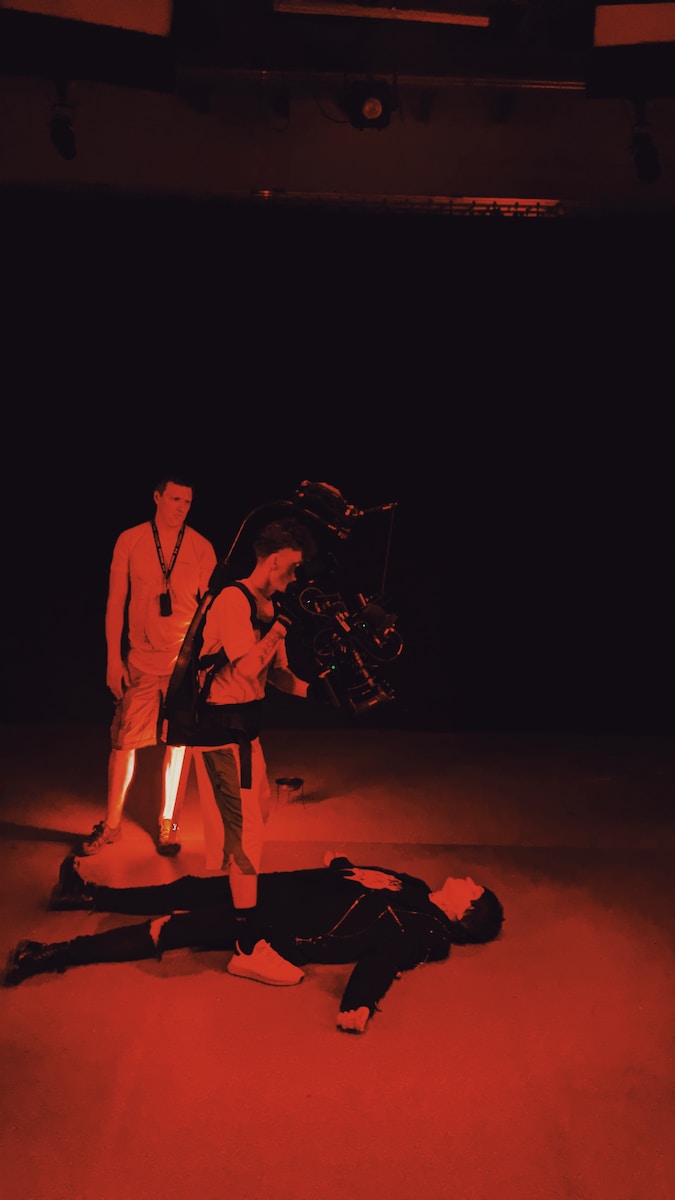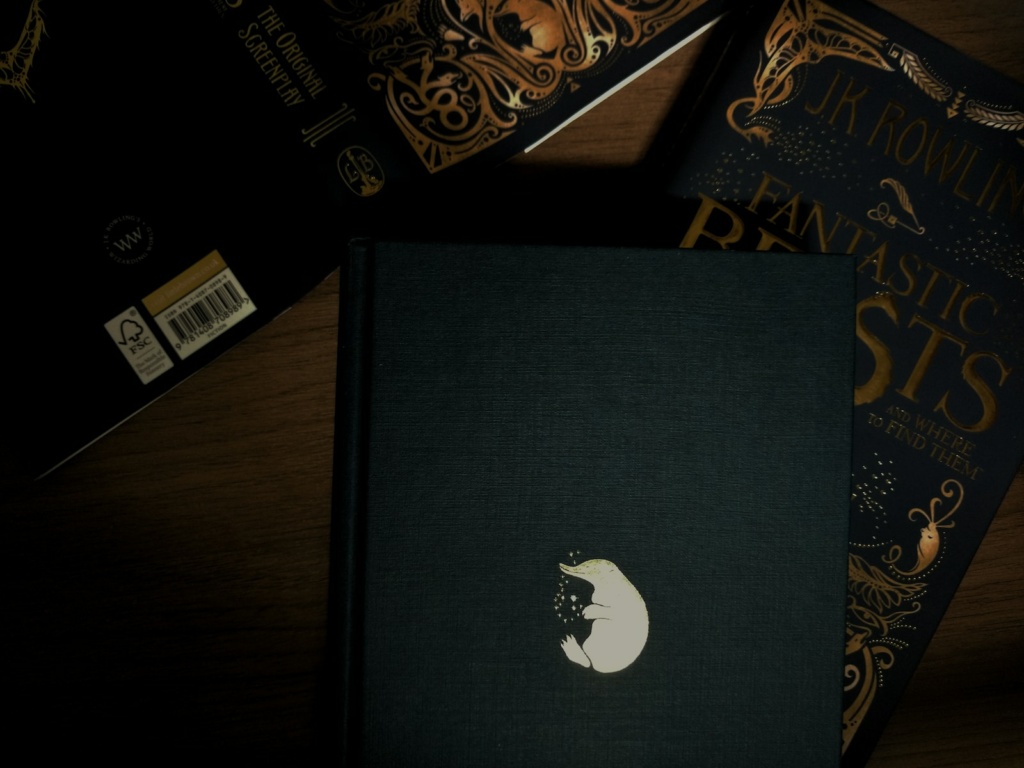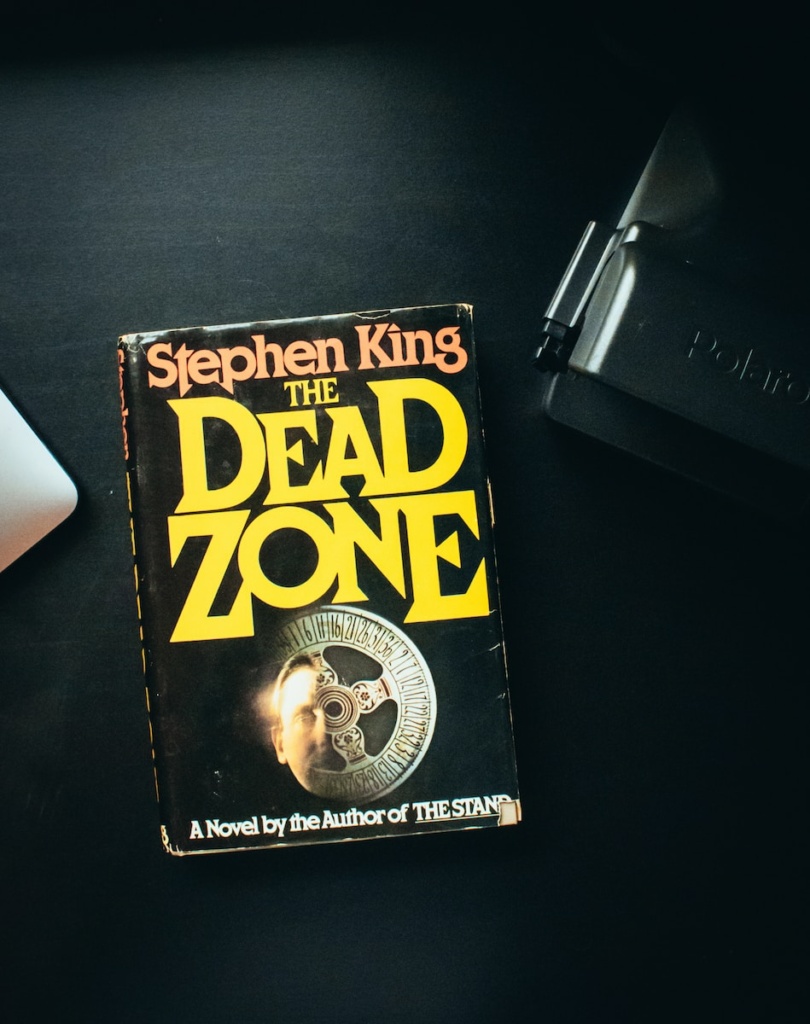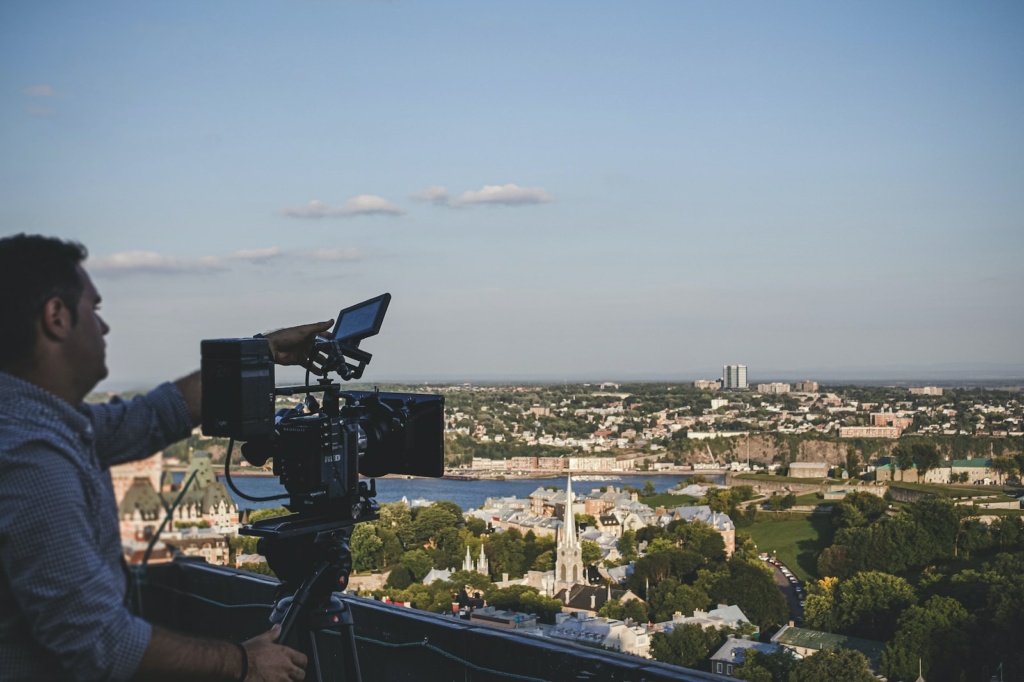
As a seasoned movie buff and avid reader, I’ve always found the process of transforming beloved books into captivating screenplays to be a fascinating journey. It’s a delicate art, much like trying to translate the nuances of a novel into a visual and auditory experience. Over the years, the film industry has seen its fair share of challenges and triumphs in this arena. In this blog post, let’s delve into the complexities of adapting books into screenplays, exploring both the hurdles and the remarkable success stories that have emerged.
The Challenge of Staying True to the Source Material

One of the most significant challenges faced by filmmakers when adapting books is the pressure to stay faithful to the source material. Readers often form strong attachments to the characters and narrative details that define a book, making it a daunting task to please everyone.
Take J.K. Rowling’s Harry Potter series, for instance. The adaptation of these beloved books into a film franchise was a monumental undertaking. While the movies were well-received, die-hard fans couldn’t help but notice omissions and changes. Yet, the challenge here was finding a balance between staying true to the essence of the books and making necessary adjustments for a cinematic experience.
Compression and Selective Narration
Books, with their expansive narratives and internal dialogues, present a unique challenge when it comes to condensing the material for the screen. Filmmakers often find themselves grappling with the need to compress a story that may span several hundred pages into a two-hour visual feast.
An exemplary success story in this regard is the adaptation of Andy Weir’s “The Martian.” The novel is rich in scientific detail and inner monologues from the protagonist, Mark Watney. Screenwriter Drew Goddard and director Ridley Scott successfully streamlined the story for the big screen, maintaining its scientific accuracy while keeping the pacing engaging.
The Visual Challenge: Imagining the Unimaginable

Certain books present a visual challenge that filmmakers must overcome. When a novel introduces fantastical elements or creates entirely new worlds, the task of bringing these visions to life can be daunting.
Consider the adaptation of J.R.R. Tolkien’s “The Lord of the Rings” trilogy. Director Peter Jackson faced the monumental challenge of portraying Middle-earth, populated by hobbits, elves, and orcs, in a way that did justice to the vivid imagination of readers. The success of the films, both critically and commercially, is a testament to the filmmakers’ ability to translate Tolkien’s epic fantasy into a cinematic masterpiece.
Balancing Artistic License and Fan Expectations
Adapting books into screenplays often involves a delicate dance between artistic license and fan expectations. While some filmmakers take creative liberties to enhance the visual experience, they risk alienating the very audience that made the book a success.
A noteworthy example is the adaptation of Gillian Flynn’s “Gone Girl.” Director David Fincher skillfully navigated the suspenseful narrative, adding a new layer of tension to the story. The film’s success lay not just in its faithfulness to the source material but in its ability to surprise even those familiar with the book.
Navigating the Expectation of Closure

For series or unfinished book trilogies, filmmakers face the challenge of providing closure to audiences who may be accustomed to open-ended narratives. The pressure to deliver a satisfying conclusion while staying true to the author’s intentions can be immense.
The adaptation of Suzanne Collins’ “The Hunger Games” series, particularly the final installment, faced this challenge. Director Francis Lawrence had the task of bringing closure to the dystopian saga while staying true to the grim tone of the books. The result was a cinematic conclusion that resonated with both fans and newcomers.
Embracing the Complexity: Balancing Visual and Literary Elements
Adapting books into screenplays is a nuanced process that extends beyond fidelity to the source material. It involves a delicate dance between the literary and visual elements that define both mediums. Successful adaptations manage to preserve the essence of the book while harnessing the power of the visual medium.
One notable example of this delicate balance is the adaptation of F. Scott Fitzgerald’s “The Great Gatsby.” Director Baz Luhrmann infused the film with a visual flamboyance that echoed the excesses of the roaring twenties. While some purists argued that the film strayed from the novel’s subtlety, others appreciated the cinematic spectacle that brought the Jazz Age to life.
The Art of Character Translation

Central to any book-to-screen adaptation is the challenge of translating well-developed characters from the pages of a novel to the visual realm. A character’s inner thoughts and complexities, easily explored in a book, often require ingenious methods to convey on screen.
The adaptation of Stephen King’s “The Shawshank Redemption” is a masterclass in character translation. Tim Robbins and Morgan Freeman brought to life the friendship between Andy Dufresne and Ellis “Red” Redding, capturing the essence of King’s characters in a way that resonated with audiences and even elevated the story beyond the original text.
Dialogue Dynamics: Making Words Cinematic
Books are rich in dialogue, allowing readers to explore the depths of characters’ thoughts and emotions. Adapting this dialogue for the screen requires a keen understanding of the cinematic language.
A shining example of this is the adaptation of Aaron Sorkin’s “The Social Network,” based on Ben Mezrich’s book “The Accidental Billionaires.” Sorkin’s rapid-fire dialogue not only captured the essence of the characters but also brought a dynamic energy to the film, making computer programming debates as thrilling as any action sequence.
Collaborative Creativity: The Role of Directors and Screenwriters

Behind every successful adaptation is a collaborative team of directors and screenwriters who breathe life into the written word. Their ability to understand the material, make creative choices, and navigate the expectations of both fans and newcomers is crucial.
Consider the adaptation of Chuck Palahniuk’s “Fight Club.” Director David Fincher and screenwriter Jim Uhls took Palahniuk’s unconventional narrative and translated it into a visually striking and thought-provoking film. The result was a cult classic that not only pleased fans of the book but also introduced the story to a broader audience.
Challenges as Opportunities: Adapting Contemporary and Diverse Literature
As literature evolves to reflect a more diverse and inclusive world, the challenges of adapting contemporary works become opportunities to bring fresh voices to the screen. Books exploring diverse cultures, perspectives, and experiences present a chance for filmmakers to break new ground.
The adaptation of Chimamanda Ngozi Adichie’s “Half of a Yellow Sun” is a testament to this. The novel, set during the Nigerian Civil War, was adapted into a film that not only captured the historical and cultural nuances of the book but also introduced a global audience to a story that might have remained untold.
Conclusion: A Continual Evolution

Adapting books into screenplays is not a static process; it’s a continual evolution that mirrors the dynamic nature of storytelling itself. While challenges persist, so do the triumphs, as filmmakers find new and innovative ways to bridge the gap between the written word and the visual spectacle.
As we celebrate the successes and acknowledge the challenges of adapting books into screenplays, it’s evident that this intricate dance between literature and cinema is an art form that will continue to captivate audiences for generations to come. In the hands of skilled filmmakers, every adaptation becomes an opportunity to reimagine and rediscover the magic that lies within the pages of a beloved book.


